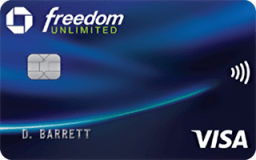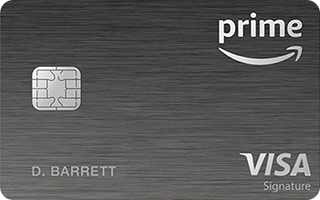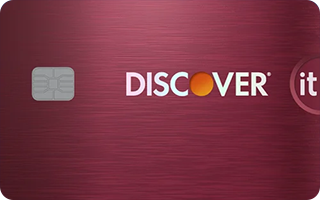Both the Amazon Prime Rewards Visa Signature Card and the Discover it® Cash Back Card offer compelling cash back rewards and no annual fee. The Amazon Prime Rewards Card is the superior choice for frequent Amazon and Whole Foods shoppers due to its high unlimited 5% cash back in these stores. However, if you're looking for a card with a solid introductory offer, the Discover it Cash Back has a 0% introductory APR on purchases and balance transfers for 15 months.
While the Discover it Cash Back is excellent for balance transfers, the Amazon Prime Rewards Card's bonus categories and co-branded benefits with Amazon make it a standout for loyal Amazon customers.
















